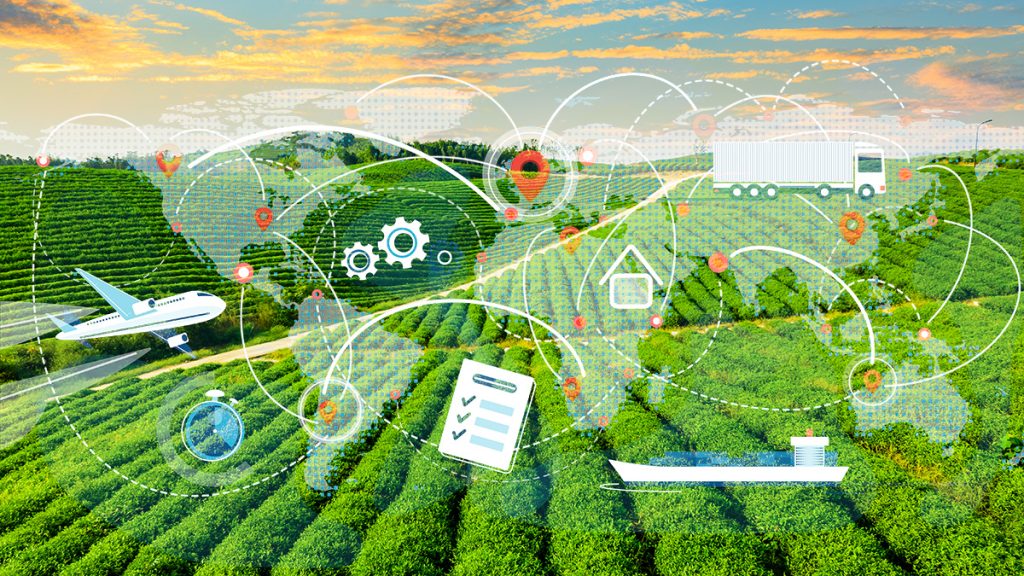
The Internet of Things (IoT) has revolutionized agriculture, enabling smart farming to improve decision-making, increase efficiency, and reduce costs.
- IoT applications in agriculture are facing challenges.
- IoT’s potential to optimize agricultural equipment and increase the quality and efficiency of producing and shipping products is significant and necessary to meet the growing demand for food.
________________________
The Internet of Things (IoT) in agriculture is revolutionary and can accomplish various objectives to change how the industry operates. IoT-based smart agriculture aims to improve decision-making across the board for the field, accelerating the adoption of smart farming in the agricultural sector through the growth of IoT technologies. This will improve the quality and the price of producing and shipping products.
Some Instrumental IoT Applications in Agriculture
The strength of agricultural technology, or AgriTech, lies entirely in its capacity to gather and transmit data via intelligent instruments and apparatus. Data is the fundamental tool that enables brilliant solutions, paving the way for farming methods in the future that can accomplish more with less.
- Livestock tracking
IoT is your tech-savvy shepherd. Wearable IoT tracking devices enable fenceless farming by transferring the position of livestock in real time to a local or cloud-based livestock management platform, allowing farmers to identify changes in each animal’s behavior.
- Geofencing
IoT Software is used to create geofences based on given coordinates. When users enter a geofence’s vicinity, they can choose to participate and use an app or access free WiFi. The software (which has geofencing features) enables users to use or access services inside the geofence when they connect to free WiFi. There are numerous uses for geofences. This allows farmers to track if any animals or equipment left the premises.
- Smart greenhouses and cleanrooms
IoT has cutting-edge sensors that assist farmers in automating key crop health parameters. Farmers can use diverted alerts and notifications to remotely manage, control, detect, and watch everything on any device. Anywhere in the greenhouse, IoT sensors can monitor the whereabouts and health of plants. The use of different sensors has improved the efficiency and accuracy of plant health monitoring. For instance, temperature sensors can track temperature and alert farmers when something is off.
IoT Challenges in Agriculture
To make an IoT system function, you must provide connectivity throughout the agricultural area, including the fields, warehouses, barns, greenhouses, and other structures. There is a lot of room to work with here. It would also be a dependable, unbroken link in a perfect world that could endure bad weather and open space conditions.
Also, any IoT system used in agriculture should be able to manage connectivity as well as outdoor weather conditions. Drones, portable sensors, IoT in smart grids, and weather monitoring stations must be designed simply and effectively to work in the farm. Not to mention how difficult and unique it is to create an IoT product in general.
Final Thoughts
With all the technological advancements and the rapidly expanding population’s demand for more food, IoT will play a major role in keeping agricultural equipment optimized and getting superior produce to market more efficiently.
Inside Telecom provides you with an extensive list of content covering all aspects of the tech industry. Keep an eye on our Intelligent Tech sections to stay informed and up-to-date with our daily articles.